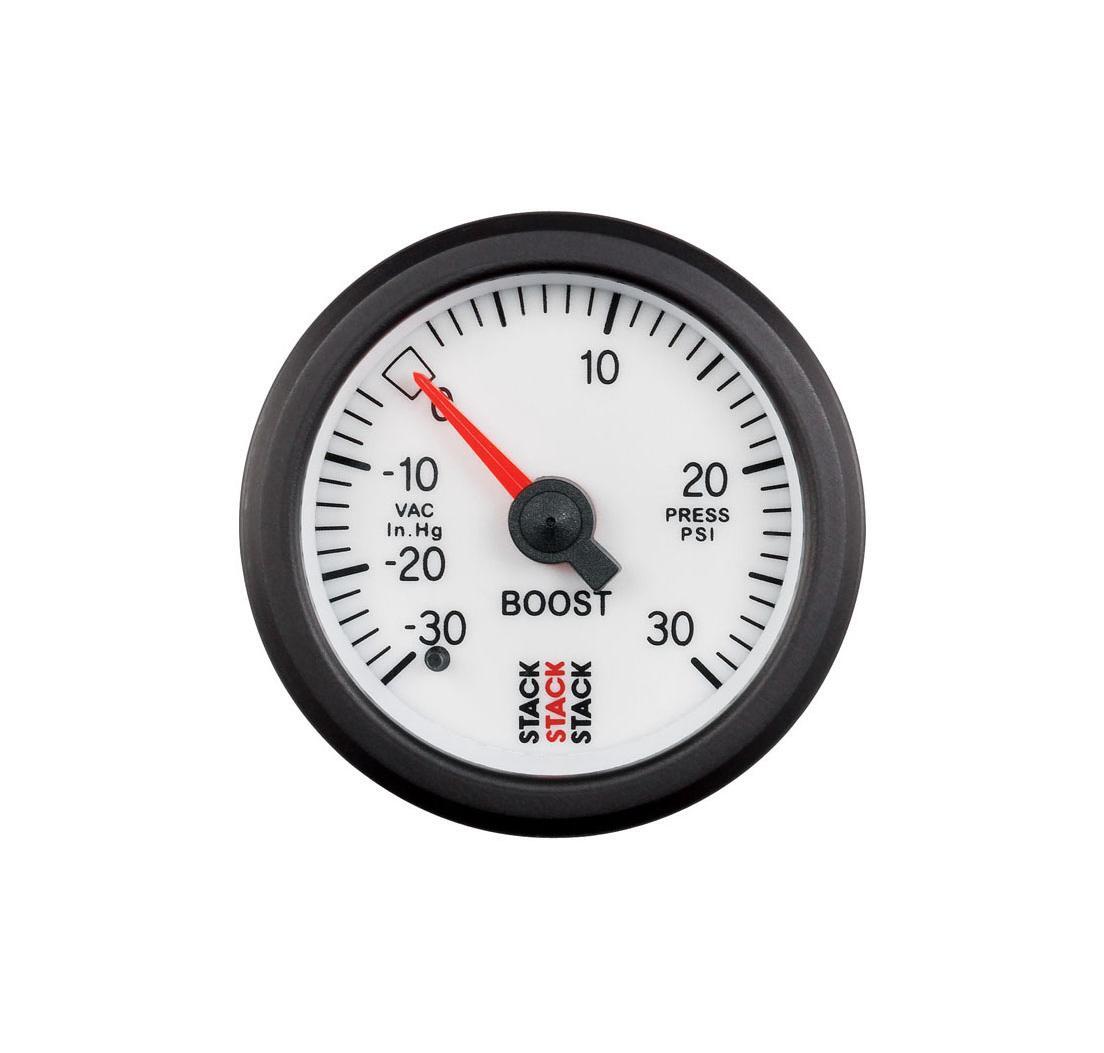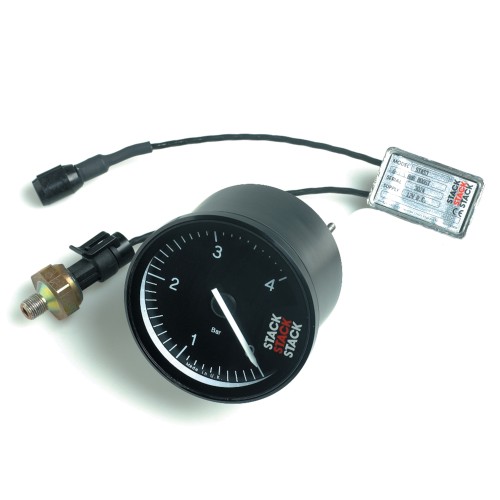

If I'm in low gear, the RPMs will be higher, the exhaust gas energy will be higher and the turbine will spin right up. I have to open the throttle to get up the hill. However, the scene changes at the bottom of the hill as we climb the next rise. There isn't enough air mass passing through the intake to exhaust path to make the turbo spin, wastegate or not. The engine computer was effectively saying "no, that's enough fun for now."įor example, if I am rolling downhill in gear with my foot off the gas, the throttle is closed. It also would refuse to boost past a certain point with partial throttle. For example, my car (in stock tune) was very annoying in its refusal to stay at peak boost in third gear. It could also be under the direct control of the engine computer. This can be a purely mechanical sprung valve that stays closed up to a certain positive pressure in the intake path and then progressively opens as boost increases. This can be used for peak boost control (too much boost can physically destroy your engine).

It provides a short cut for the exhaust if the engine does not really need boost at this time. The wastegate: this is a valve that also sits in the exhaust gas path. The more exhaust gas pushes past the turbine, the more it wants to spin and make boost on the compressor side. That is the part that actually makes the boost on the intake side of the engine. The turbine sits on one end of a spinning shaft. The turbine: this is part that looks like the front of a jet engine sitting in the exhaust gas path. The exhaust from this combustion then proceeds to. The fuel-air mixture is burned to produce energy. This causes the engine computer to add fuel to the mixture. However, driving uphill will require you to open the throttle (give it gas), adding air to the intake. For example, when rolling down hill, you don't need to hit the throttle so the entire intake to exhaust path is pumping a smaller air mass. If we're talking about an engine that is operating "under load", we can assume that you've opened the throttle. The air flow: remember that an internal combustion engine is effectively an air pump. To summarize the points called out in your question, here are some of the major aspects of the turbocharged engine that are of interest: For example, I find the discussion of turbocharging different types of carburetor to be of intellectual if not practical interest. There is a sound treatment of the basics of turbocharger operation in addition to some dated and esoteric applications that are still interesting. So, maybe it is more reliable to keep it on, force turbo boost to run and set all threads to the benchmark.Let me lead off with an excellent book on the topic: Corky Bell's Maximum Boost. However, since the CPU clock frequency may change I think that is not enough to turn it off, because the CPU speed variation will affect the benchmarks too. Updated: according to answer, an alternative approach is to turn turbo boost off in the BIOS, or in Operating System settings. Is this a right approach? Is there a more reliable alternative to avoid the effects of turbo boost?

#WHAT IS TURBO BOOST STACKING FULL#
So, I am trying to avoid the effects of turbo boost by annotating all my tests with and a threadsNumber equals to the number of available processors and thus expect to run all processors in full charge and activate the turbo boost during entire benchmark execution. Thus, some results show better throughput just because the turbo boost was activated and not because of its better efficiency. Since turbo boost is activated according to environment conditions, sometimes it is activated for some bench tests and not for others. Yet, I observe inconsistent throughput depending on weather the Intel CPU turbo boost is running, or not. I am running a micro-benchmark with JMH to evaluate the performance of different Java algorithm implementations.


 0 kommentar(er)
0 kommentar(er)
